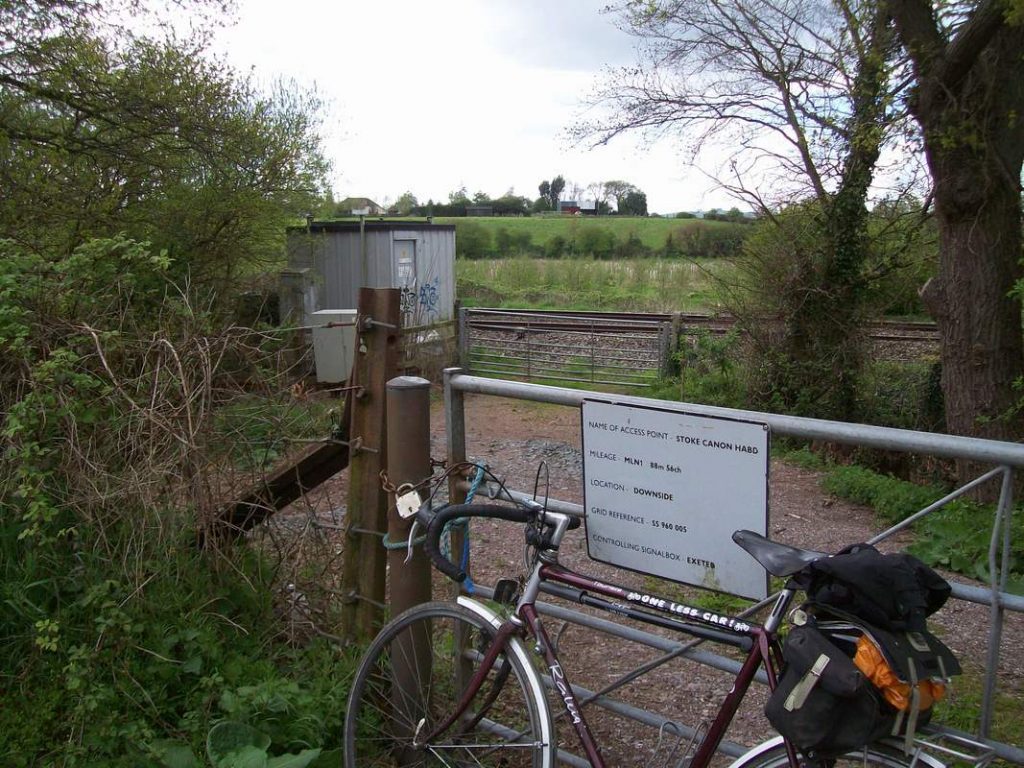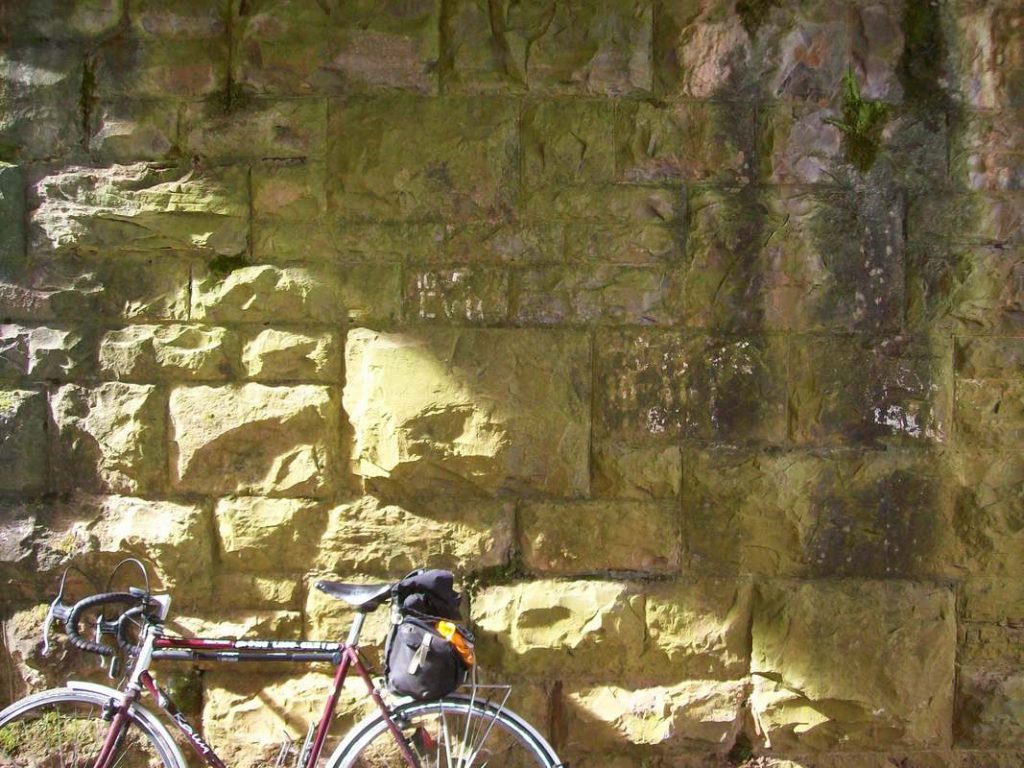A circuit the scout used to ride regularly from Exeter, but had not done for many years, went over the Southern main line near Cowley, under the Exe Valley Branch at Thorverton and across the Great Western main line at Stoke Canon.
It was a pleasant afternoon last Thursday when he left the bus station caff to push into the wind.
Lonely Fortescue Crossing, beside the river between Brampford Speke and Thorverton, appeared to give access to pasture, but there was a ford leading to Nether Exe. As he walked to the river bank, the scout heard a train on the main line and just had time to zoom in.
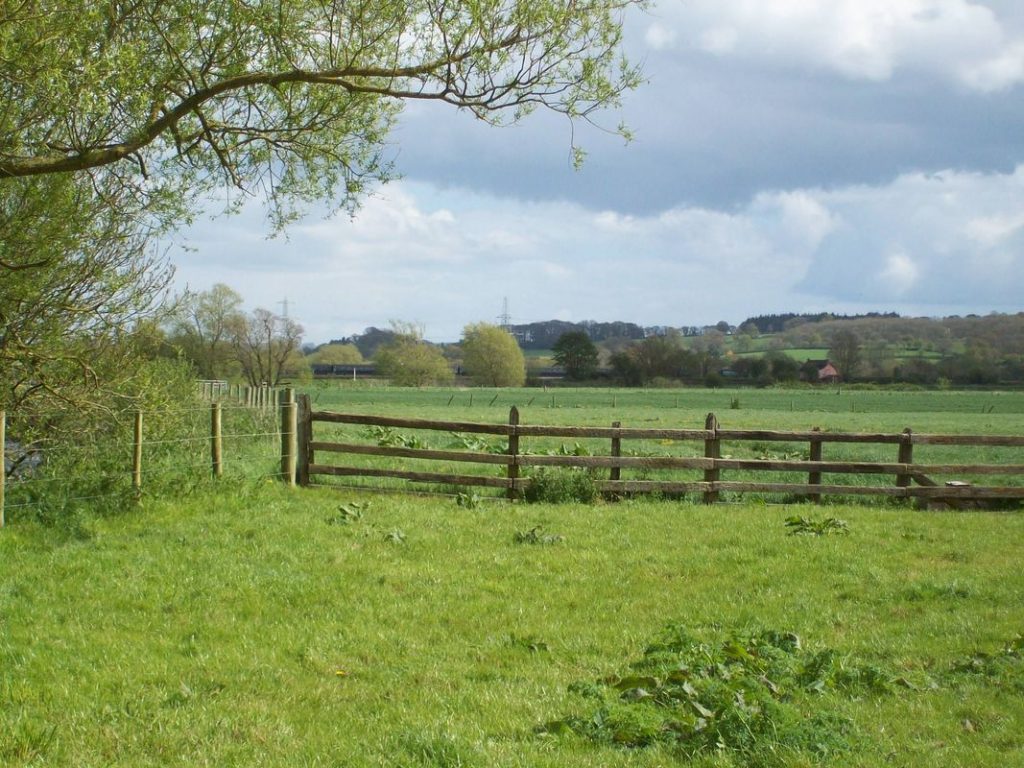
Doing an about turn on the same spot, the keeper’s cottage at Fortescue is seen.
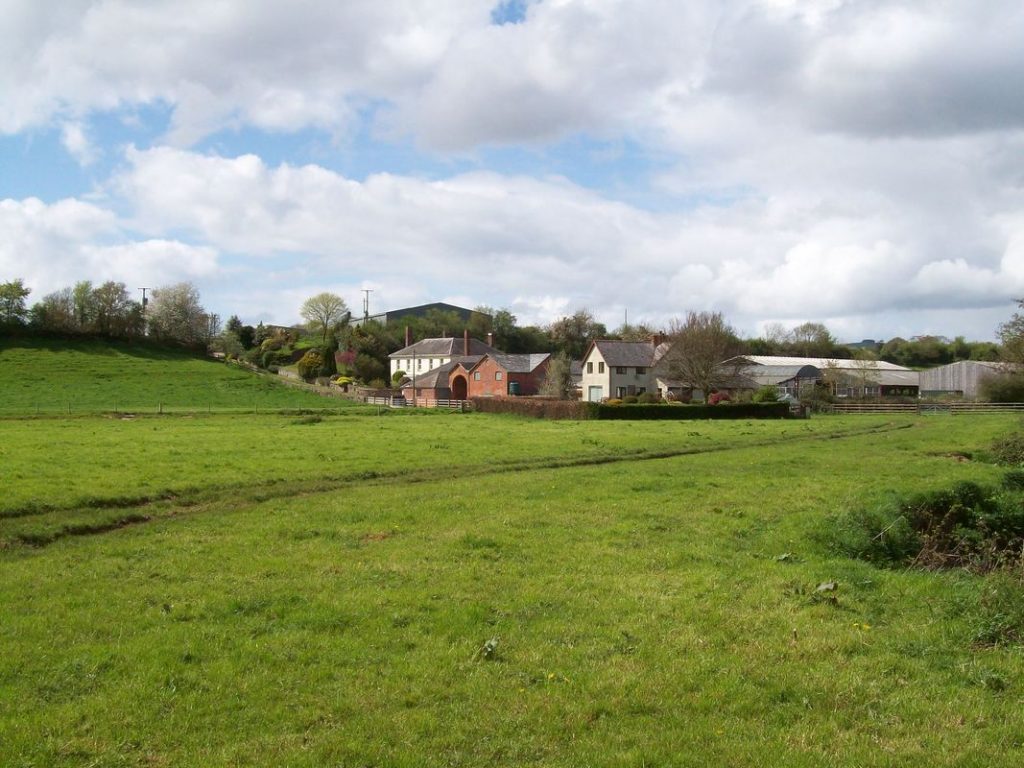
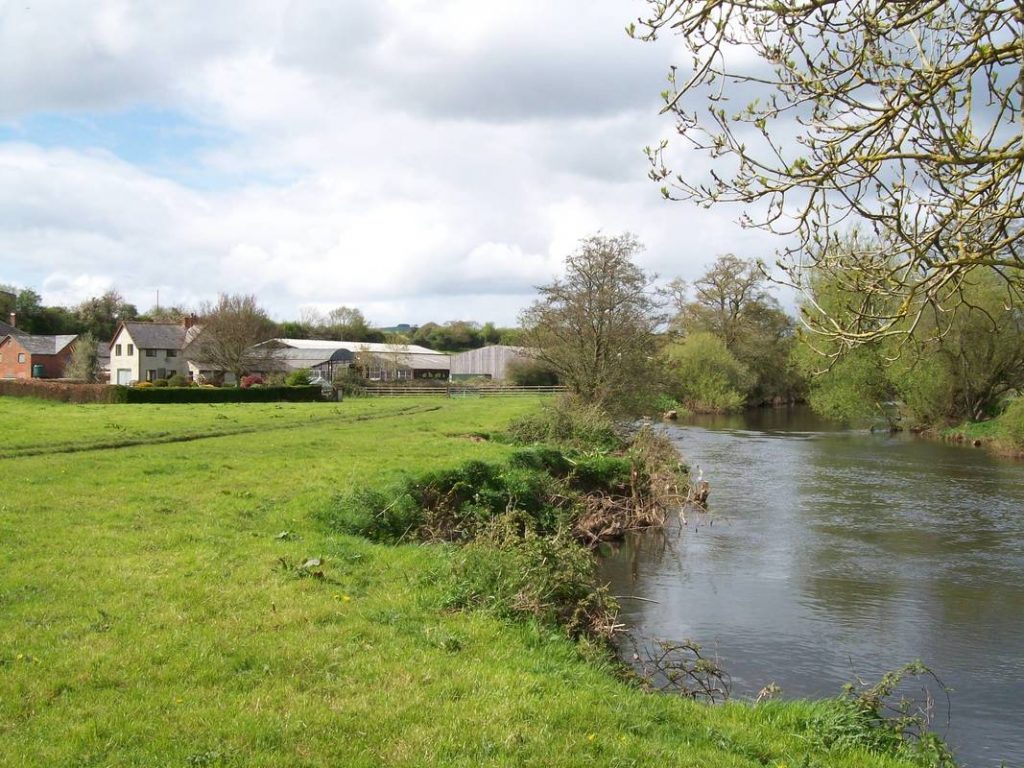
The scout asked the county rights of way officer about the status of this route and she advised that it was effectively lost.
The course of the branch is between the river and the shed seen at centre.
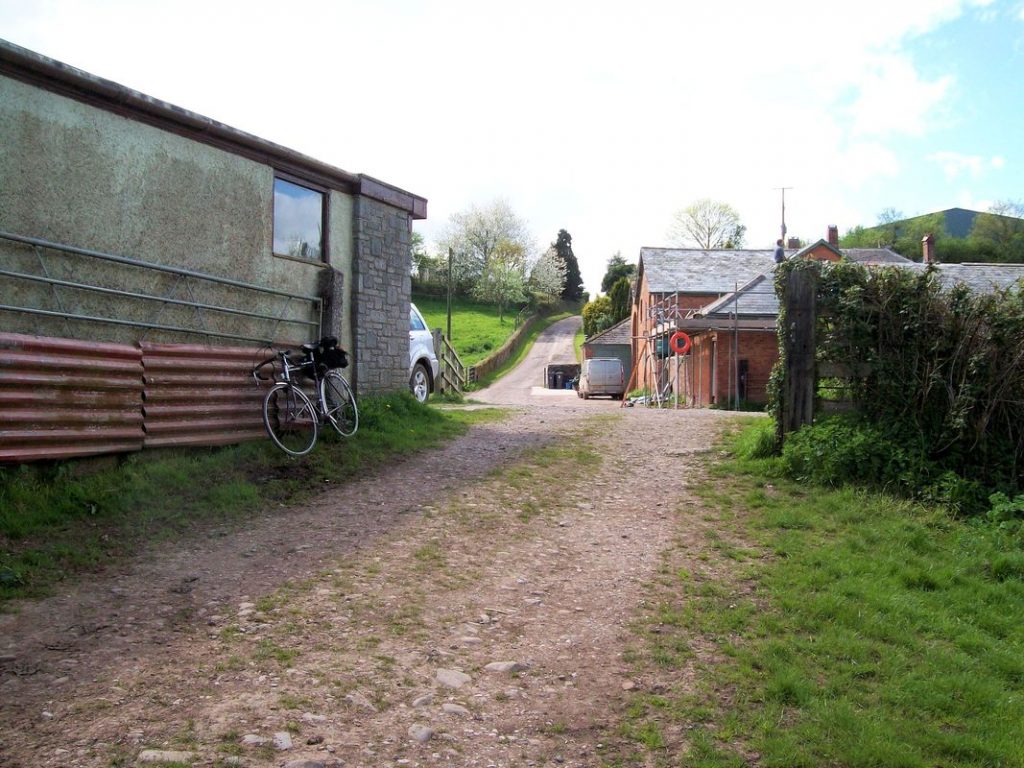
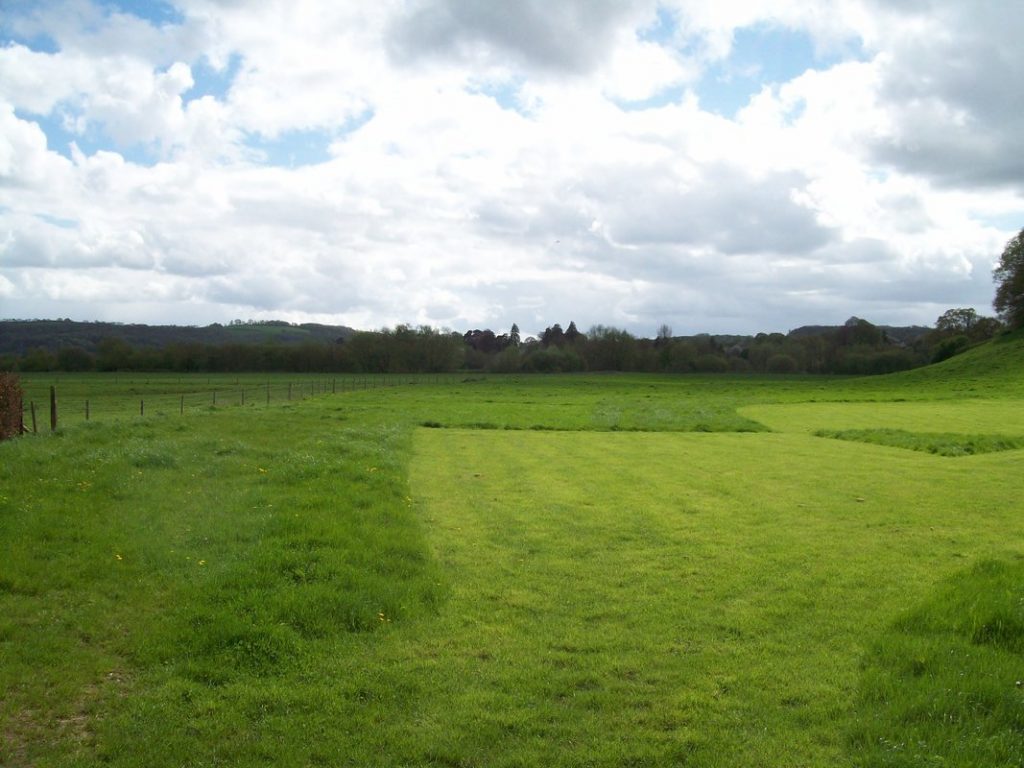
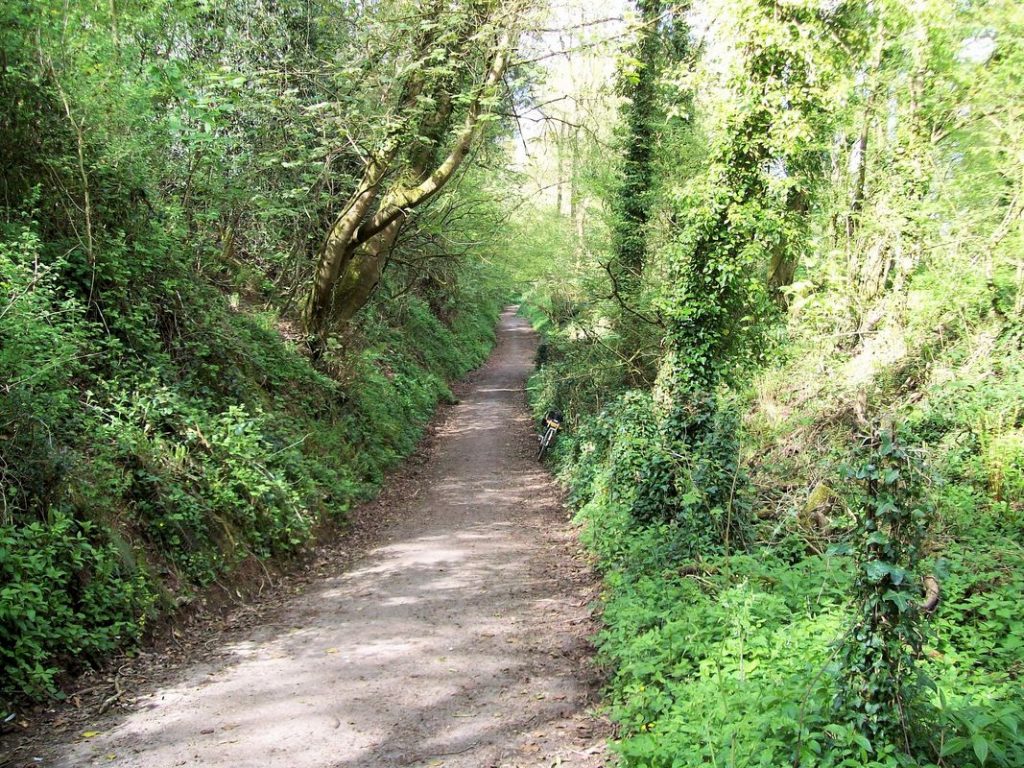
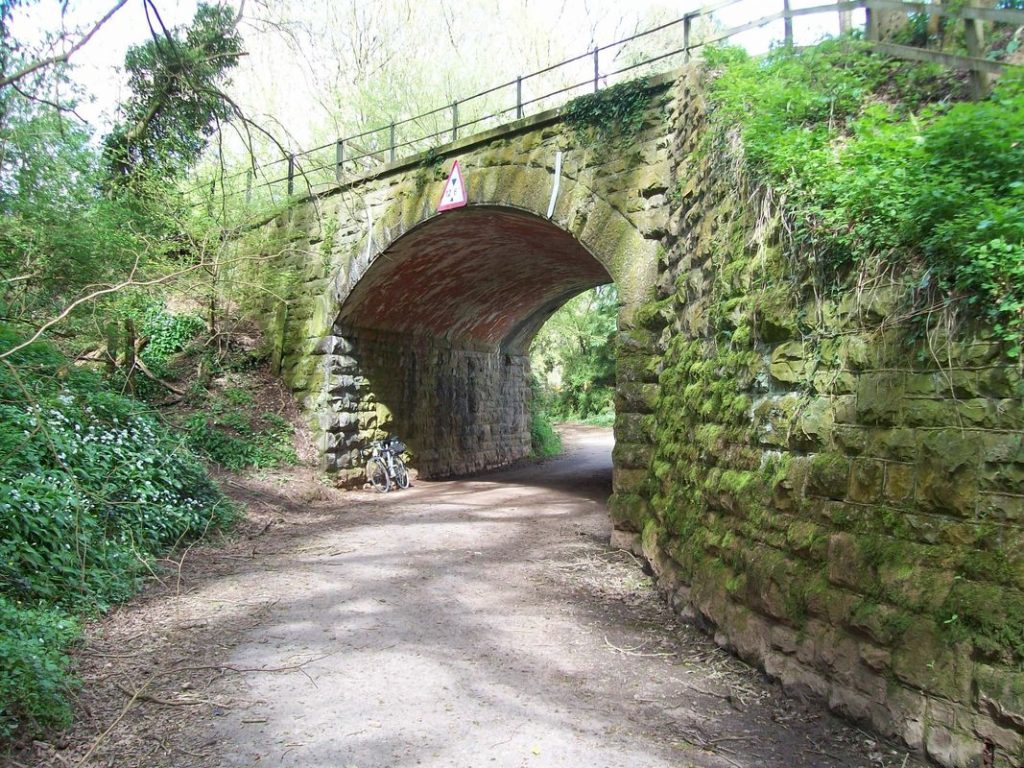
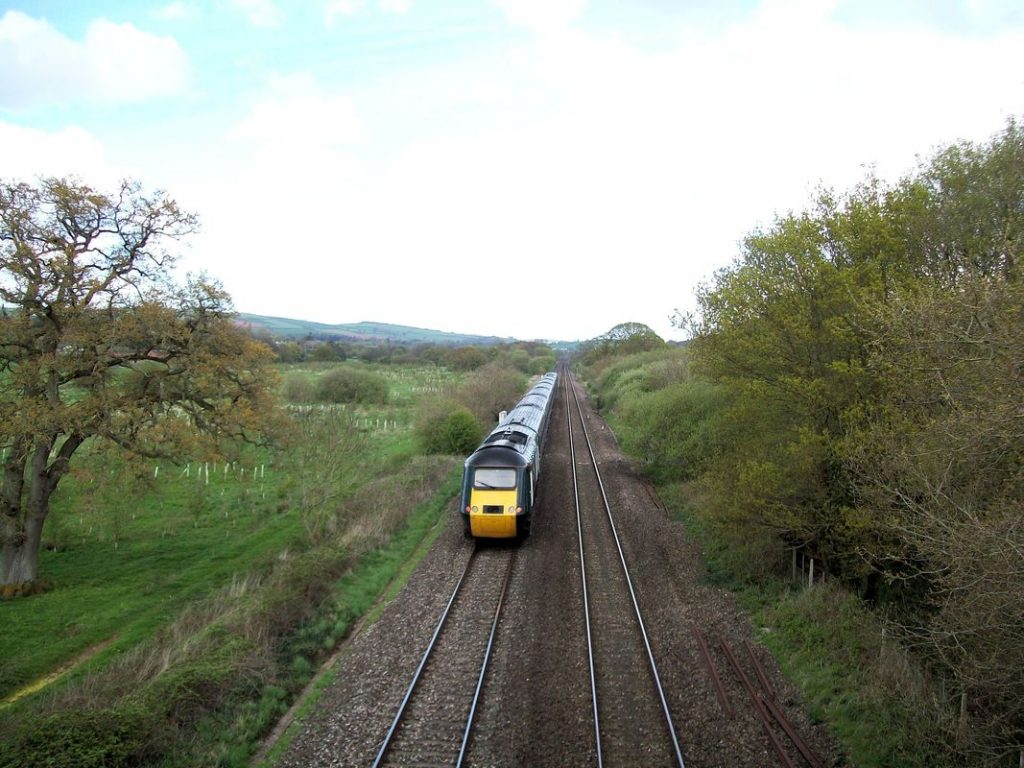
The rear power car of this H.S.T. is about to pass a H.A.B.D. (Hot axle box detector).
The road here shortly passes over the older Paddleford Bridge across the Culm, off picture at right, whose valley the railway follows.
Many years before, when the scout came off late turn at St. David’s, he would ride the Exe Valley in the dark, often as far as Tiverton, just for fun. He remembers being on this bridge on a still evening and hearing the milk accelerating away from Cowley behind a thousand. The closely, almost uniformly, spaced axles of Miltas (telegraphic code for milk tanks) gave the trains an unmistakable sound. Even on continuously welded rail, a slightly inaccurate weld would have the same effect as a joint. Seeing the 1640 St. Erth or the 1730 Lostwithiel (there were two trains some evenings) pass here at 60 m.p.h., with West Country milk for London breakfast tables, gave a young lad the feeling that he belonged to an industry that was doing something useful. It was one of his jobs to advise the Milk Controller at Paddington of the formation leaving Exeter, where portions from Chard, Torrington, Lapford and Hemyock may have been attached to tanks already picked up at Totnes.
Paddleford Bridge has a distorted arch, but this should not worry passengers as a three-tonne restriction has been imposed. The drivers of the three five-ton tractors, with trailers, which belted past in the short time that the scout was there clearly have not read the signs. It is a very long way round if they do not go this way.
In the railway’s campaign against the demolition of a bridge on the Teign Valley route, the scribe drew attention to Paddleford as an example of real risk. This letter has a view of the distorted arch.
